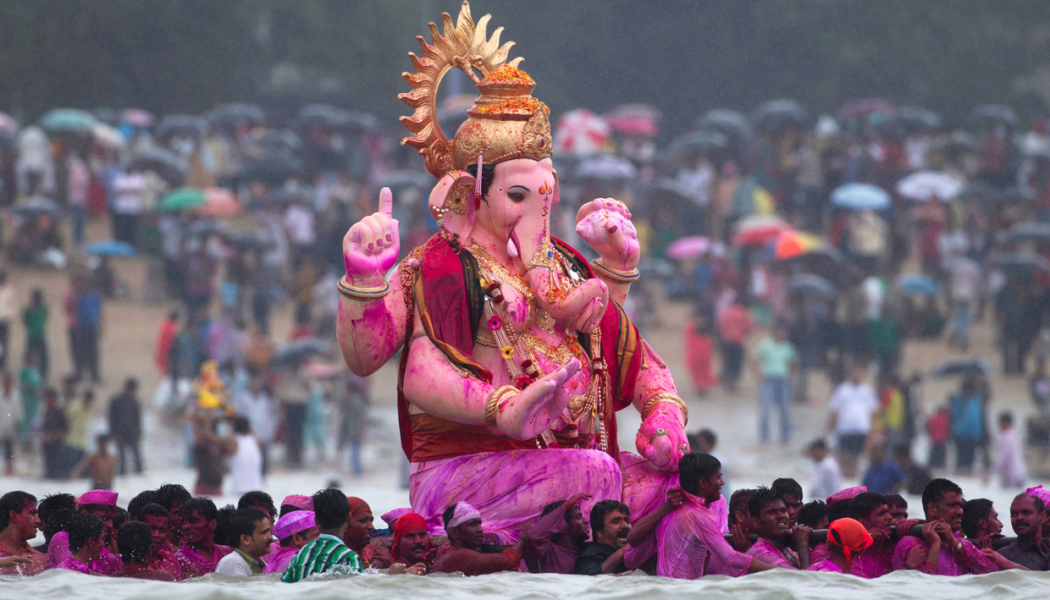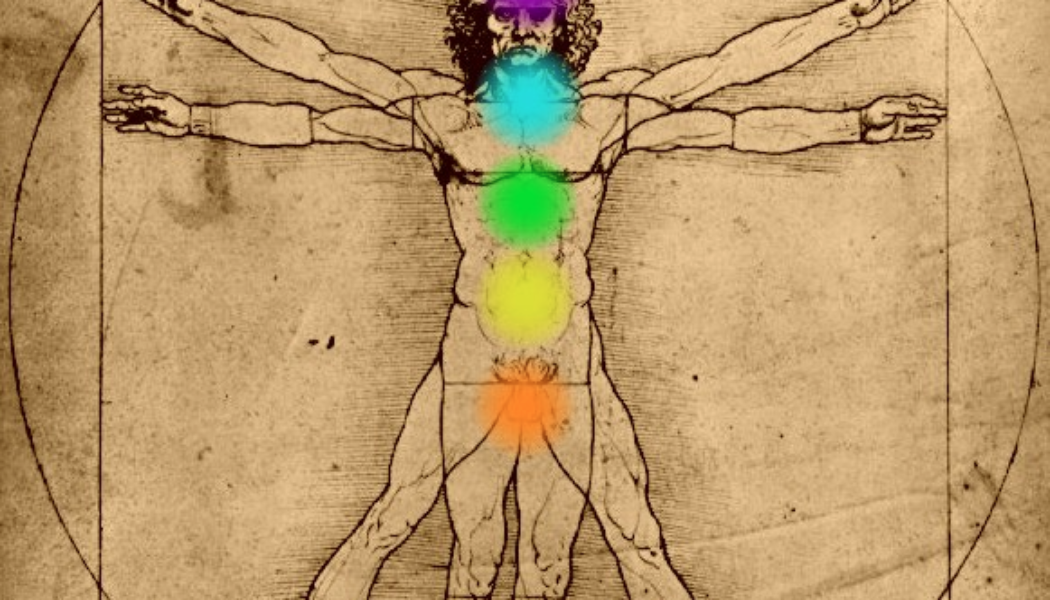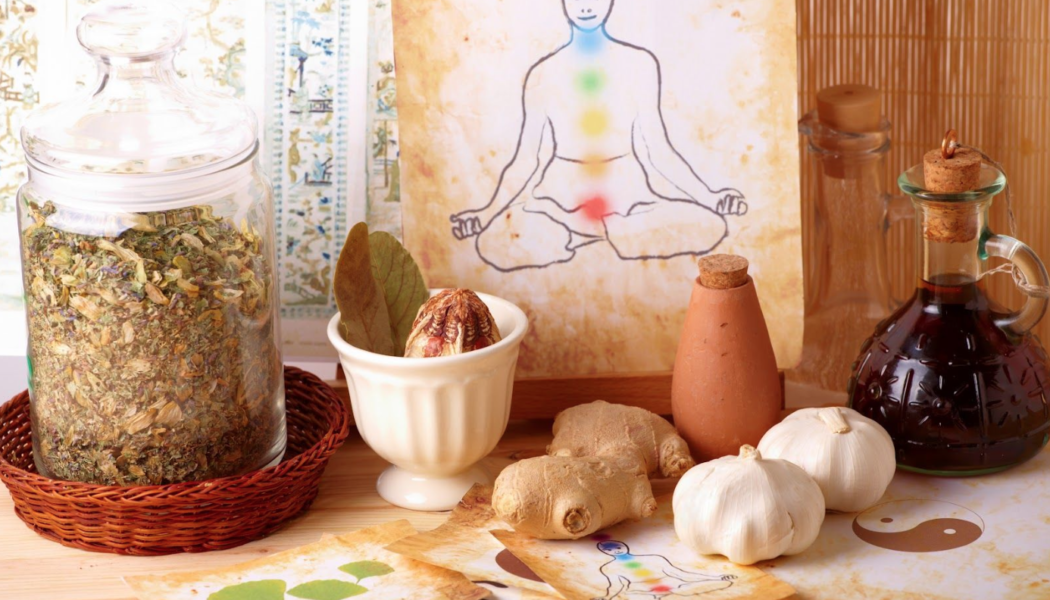Image
The Ayurveda Guide For Winter Season
The Ayurveda Guide For Winter Season Winter is a time when nature’s energy withdraws back unto herself as nature’s many expressions begin to slow down. According to Ayurveda, a person is a miniature reflection of nature and winter represents a time for much needed restoration. Every season has certain attributes which may cause aggravation and imbalances of doshas. For example, winter is generally considered a “kapha season”. Therefore, colds and other kapha conditions [i.e. congestion] are more common as the heavy, cold, and cohesive qualities of kapha are predominant. However, a balanced lifestyle in accordance to seasonal changes helps to create the needed elements in order to maintain health and well-being for the body and mind. Winter Tips – How To Stay Balanced & Healthy Du...
7 Tips For A More Relaxing Evening – An Ayurvedic Evening Routine
7 Tips For A More Relaxing Evening It’s no big secret: for many of us, it’s extremely difficult to unwind — especially after a long day of answering emails, attending meetings, taking phone calls, taking care of kids or pets, and battling traffic on the way to and from our jobs. It seems increasingly difficult to find the “off” switch once we enter our personal sanctum — home, at the end of the day. The advent of technology and electronics that multitask our schedules is great in one way: they provide some efficiency and ease in checking off those ever-increasing priorities from our to-do lists. However, they can also spur a disconnect between mind/body/spirit, and aggravate Vata and Pitta — turning us into scattered, unfocused versions of ourselves (especially in the all-but-inevitable ev...
Deepak Chopra’s Timeless You. A New Year – A New You!!
Deepak Chopra’s Timeless You With the New Year slowly nearing and with the holiday season already upon us, many are reevaluating some of their own personal life choices. The New Year has always provided a perfect opportunity to reflect. To look back at the past and more importantly, to look forward to the coming year. Well, now’s your chance to prepare a list of important lifestyle changes you want to make. We will review Deepak Chopra’s Timeless You which is a series of practical steps combined with the teachings of meditation, yoga, Ayurveda, and other mind-body concepts to “maximize your energy, eliminate stress, and become the best you.” “For generations, we have been conditioned to believe that aging means progressive decline.” – Deepak Chopra Click Here To Purchase ‘...
A Healthy Holiday Treat [Seviyan Kheer] – An Indian Dessert Recipe
A Healthy Holiday Treat The holidays are just around the corner and it’s the perfect time to bond with family, friends, and loved ones. It is also the season to enjoy your favorite foods. Is it possible to enjoy the holiday treats without the guilt of gaining weight? Yes – just indulge sensibly and consider more healthy holiday options. In fact, holiday foods don’t have to be unhealthy. Consider for the holidays, a simple and delicious Indian dessert – “Seviyan Kheer” which is often made on religious and auspicious occasions. First – Digesting Our Holiday Experience … Nothing brings out the holiday spirit more than eating amongst friends and family in a joyous and pleasant manner. According to Ayurveda, the act of cooking and eating in a positive atmosp...
The Mystifying Symbolism Of Ganesha & Santa Claus
Ganesha and Santa Claus In Hinduism and Vedic mythology, Ganesha is the elephant-headed boy with the big belly and (generally) jolly disposition. He has a lot in common with our own Saint Nick, and this time of year it’s fun to look at the similarities: Long trunk & long white beard – the trunk represents our spinal cord and nervous system, and the awakened kundalini traveling along its channels. It is the connection between our lower, ‘reptilian brain’ and our higher thinking centers, giving us self-control and wisdom. Ganesha lives at the base of the spine, but has access to the brain and higher centers. This means he is a complete being, and like him, we too can aspire to become fully-integrated humans, with control over our survival instincts, sexual impulses, drives, desires, spee...
Ten Health Tips For The Holidays
Ten Health Tips For The Holidays Ama, the toxic waste-product of inefficient digestion, can accumulate at any time of the year. During the holidays, we’re particularly susceptible to it. The bounty of festive meals and lots of sweets tempts us to overeat and eat at irregular times, and these are all triggers for the build-up of ama. If left unchecked, our body can become clogged and our immune system weakened by the accumulation of ama. Do you experience lack of appetite, stiffness in the joints, occasional constipation, respiratory issues, allergen reactions, or weight gain? Ama is the most likely culprit. So, what is the ayurvedic tool for conquering ama? Agni — our digestive fire! If we keep our agni strong, our bodies will be able to digest the food we eat without creating toxic by-pro...
Amalaki – The Most Nourishing & Rejuvenating Herb
Amalaki – The Most Nourishing & Rejuvenating Herb According to Ayurveda, Amalaki is considered one of the most nourishing and rejuvenating herbs. In fact, Charak – the ancient scholar of Ayurveda states “of all the Rasayanas, Amalaki is revered as one of the most potent and nourishing; Amalaki is the best among rejuvenative herbs.” Amalaki is a strong natural antioxidant containing high levels of vitamin C and acts as a powerful immune strengthener. Amalaki is one of the best sources of natural vitamin C and contains 20 times more vitamin C than an orange. Amalaki is commonly known as Indian gooseberry or amla, and the Sanskrit name “Amalika” means ‘sour juice of the fruit’. Interestingly, despite all the health benefits, Amalaki is also commonly known as the “poor ma...
Chakras – The Reservoirs Of Consciousness
Chakras – The Reservoirs Of Consciousness The ascent through the chakras can be viewed as an upward journey of consciousness refined by a process of awareness. Chakra is a Sanskrit word which literally translates into a spinning wheel. According to ancient traditions of yoga, there are seven major chakras in the body. In essence, chakras can be thought of as reservoirs of consciousness. The chakras are not physical and are to be understood as being situated, not in the gross body, but in the subtle or etheric body. That said, the chakras do appear to interact with the physical body mainly through two major systems, the endocrine and the nervous system. Each chakra correlates to specific bodily ailments and physical dysfunctions. When we have a physical issue, it often creates ...
Ayurveda Oil Massage [Snehana & Abhyanga]
Ayurveda Oil Massage The ancient Sanskrit word “Sneha” means compassion and the word “Snehi” refers to a loving friend. Daily oil massage [snehan] implies making a person loving by unfolding the healing qualities innate to the human body. In fact, Charaka – the ancient scholar of Ayurveda states that if you really want to bring happiness and joy to a client, don’t try to discuss their problems but do an oil massage and all the problems will simply dissolve. “Love is oily, soft, and gentle.” – Dr. Vasant Lad The skin provides the ability to heal through touch. The healing touch may include various modalities of healing such as massage. Ayurveda describes in great detail the benefits of daily oil massage. Not only is massage comforting to the body but essential for ...
The Ayurvedic Consultation
The Ayurvedic Consultation Health is not simply the absence of disease, but is a state of balance that provides for wellbeing, clarity, and joy. Ayurveda – “The Science Of Life” is considered to be the longest continuously practiced system of traditional medicine and emphasizes on creating balance in all areas of life. Not only does Ayurveda examine the body but inquires further about daily diet, lifestyle, relationships, stress, and overall sense of well-being. THE INITIAL CONSULTATION The initial consultation involves a thorough examination allowing the consultant to identify key symptoms and potential causes of imbalance and to eventually determine suitable food and lifestyle recommendations. Observation [Darshan]: An Ayurvedic practitioner is able to evaluate the state of ...
Ayurveda Daily Rhythms
Ayurveda Daily Rhythms According to Ayurveda, a person is a miniature reflection of nature and the rhythm of life is governed by cycles. In order to maintain health and balance we need to learn how to live in accordance to nature’s daily cycle. Ayurveda speaks about biological time as a function of three doshas [vata–pitta–kapha] in relation to chronological time with each dosha being more active at a particular time of day and night. “Early to bed and early to rise makes a man healthy, wealthy, and wise.” – Benjamin Franklin Daily Rhythms: Early Morning [2 am – 6 am] – Vata Time Morning [6 am – 10 am] – Kapha Time Mid-day [10 am – 2 pm] – Pitta Time Afternoon [2 pm – 6 pm] – Vata Time Evening [6 pm -10 ...
Want Good Karma? Then Do Your Dharma.
Want Good Karma? Then Do Your Dharma. According to Ayurveda, every human being has four basic responsibilities. The four responsibilities are dharma [righteous actions], artha [wealth], kama [desire] and moksha [liberation]. Ultimately, these four responsibilities provides the seeker the highest ideal of eternal bliss while enjoying the worldly joys. Prithivim dharmana dhritam – Mahabharata “This world is upheld by dharma.” The Four Basic Responsibilities Dharma is the first responsibility. Dharma is the path of righteousness and living according to the codes of conduct – living truth. Want good karma? Then do good dharma. Artha is the next responsibility which is to acquire life’s basic needs – food, shelter, and clothing. One meaning of artha is mone...






![A Healthy Holiday Treat [Seviyan Kheer] – An Indian Dessert Recipe](https://healthyayurveda.com/wp-content/uploads/2015/12/Screen-Shot-2015-12-20-at-10.50.55-AM-1050x600.png)
![A Healthy Holiday Treat [Seviyan Kheer] – An Indian Dessert Recipe](https://healthyayurveda.com/wp-content/uploads/2015/12/Screen-Shot-2015-12-20-at-10.50.55-AM-80x80.png)








![Ayurveda Oil Massage [Snehana & Abhyanga]](https://healthyayurveda.com/wp-content/uploads/2015/12/Screen-Shot-2015-12-09-at-10.02.57-AM-1050x600.png)
![Ayurveda Oil Massage [Snehana & Abhyanga]](https://healthyayurveda.com/wp-content/uploads/2015/12/Screen-Shot-2015-12-09-at-10.02.57-AM-80x80.png)





